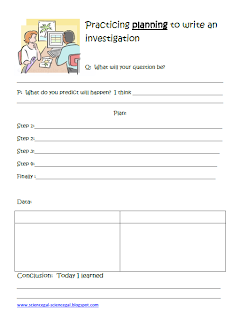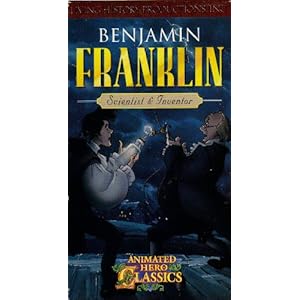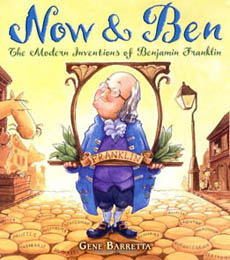
When I was in graduate school at Lesley University (online program in science education rocks!) we spent a lot of time focussing on questioning. These are some of my favorite question prompts that came from an article that we read within Wynne Harlen's book. By the way, if you haven't read this book - I highly recommend it!
I use these questions in all areas of my classroom. They fit into math, reading, and social studies. Just yesterday we had a great discussion about the revolutionary war based on a painting and questioning was the key to it all.
Questioning Strategies from “The Right Question at the
Right Time” by Jos Elstgeest in Primary
Science: Taking the Plunge by Wynne Harlen
1.
Attention Focusing questions:
'What
is it?' 'What does it do?' 'What does it show about itself?'
'What happens?'
'What do I find inside (outside)?' 'What do I see, feel,
hear? Have
you seen? Do you notice? What is it?
These
are the simplest questions.
2. Measuring
and counting questions
Questions such as 'how many?', 'how long?' and 'how often?', are measuring and
counting questions the children can
check their answers themselves.
3. Comparison
questions
Other, more qualitative, comparison
questions bring about sharper observation.
For instance: 'In how many ways are your seeds alike and how do they differ?'
4. Action questions:
These are 'what happens if' questions which can always be truthfully
answered. What happens if you place your
ant lion in damp sand? What happens if you pinch the seed leaves off a young
growing plant? What happens if you place a cutting or twig in water? What
happens if you put your twig upside-down? What happens if you hold your magnet
near a match? What happens if you throw a tiny piece of paper in a spider's
web?
5.
Problem
Posing Questions:
The
'can you find a way to' question
comes in many guises. 'Can you make a mealworm turn around? 'Can you make a
sinking object float?' 'Can you separate salt from water?' It is in essence a
prediction question, a more complicated 'what happens if' question turned around.
Finding the solution necessitates the forming of a simple hypothesis and consequent
verification in a very direct manner.
You you enjoy these questions!
































